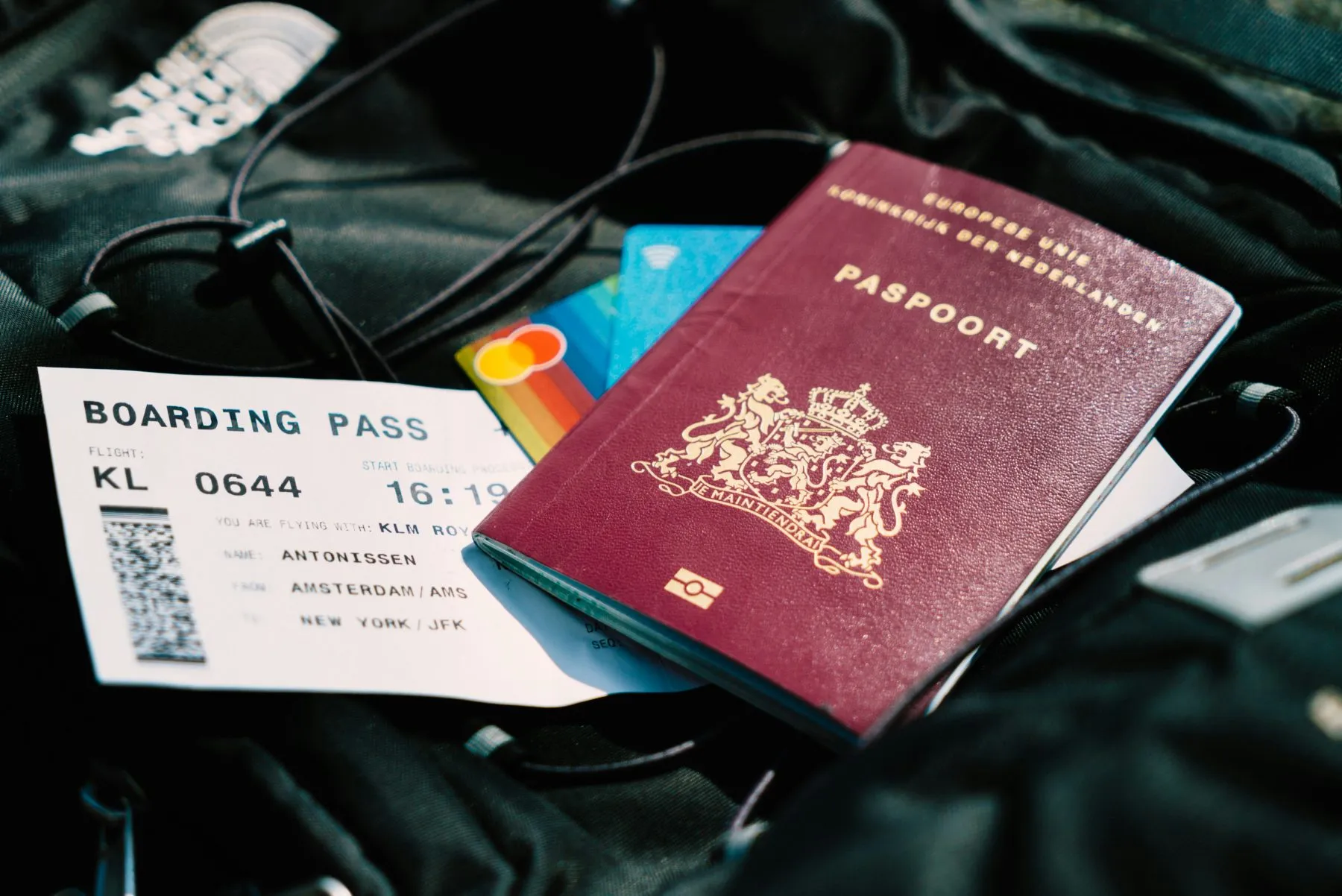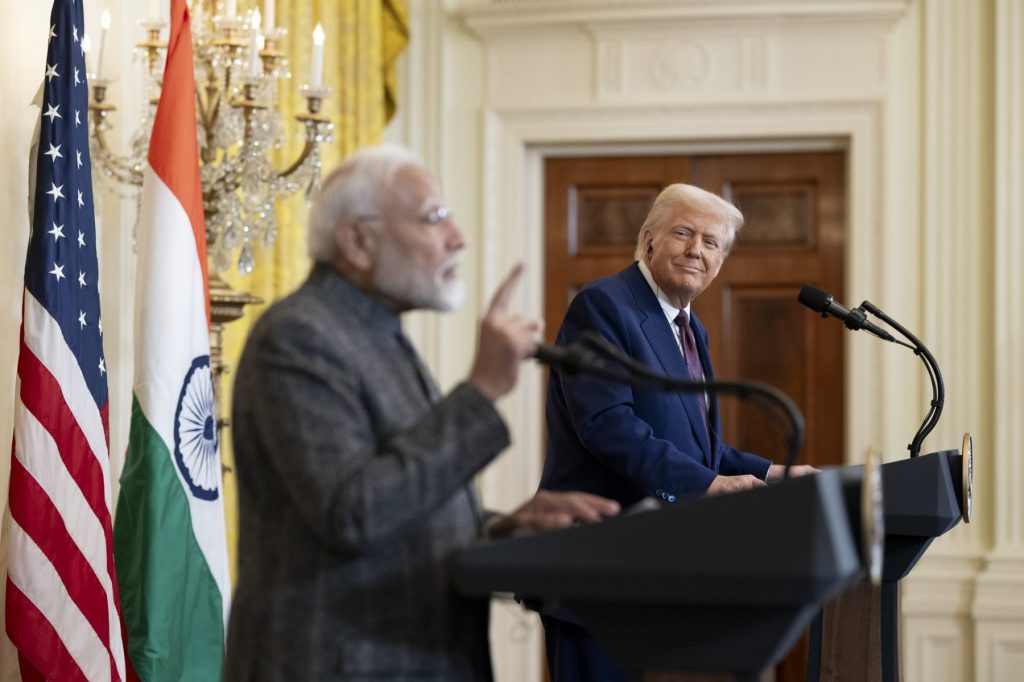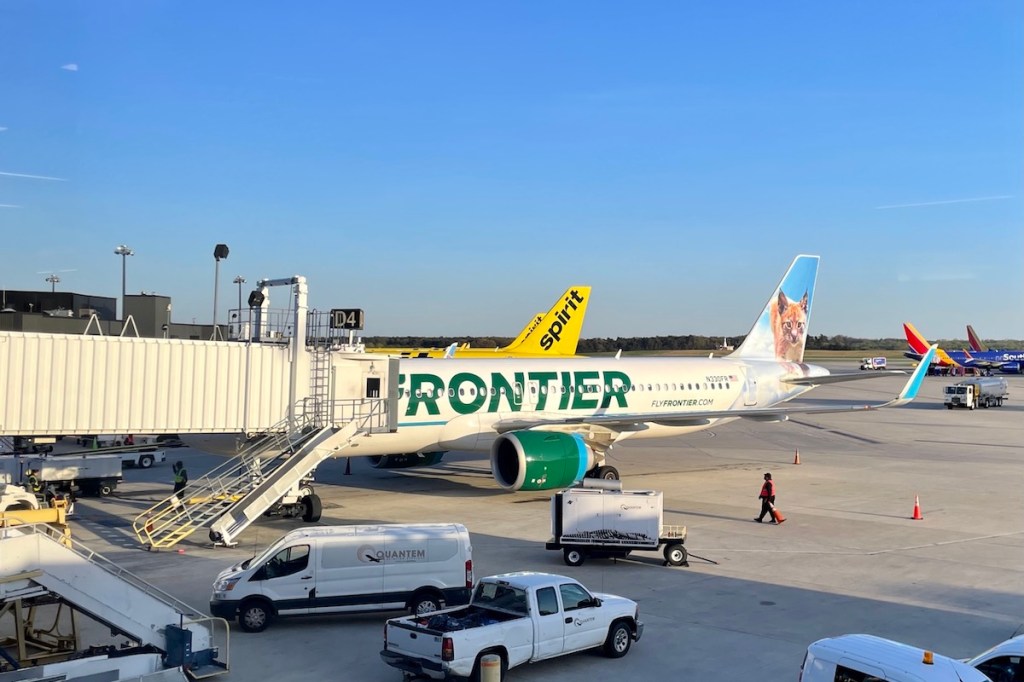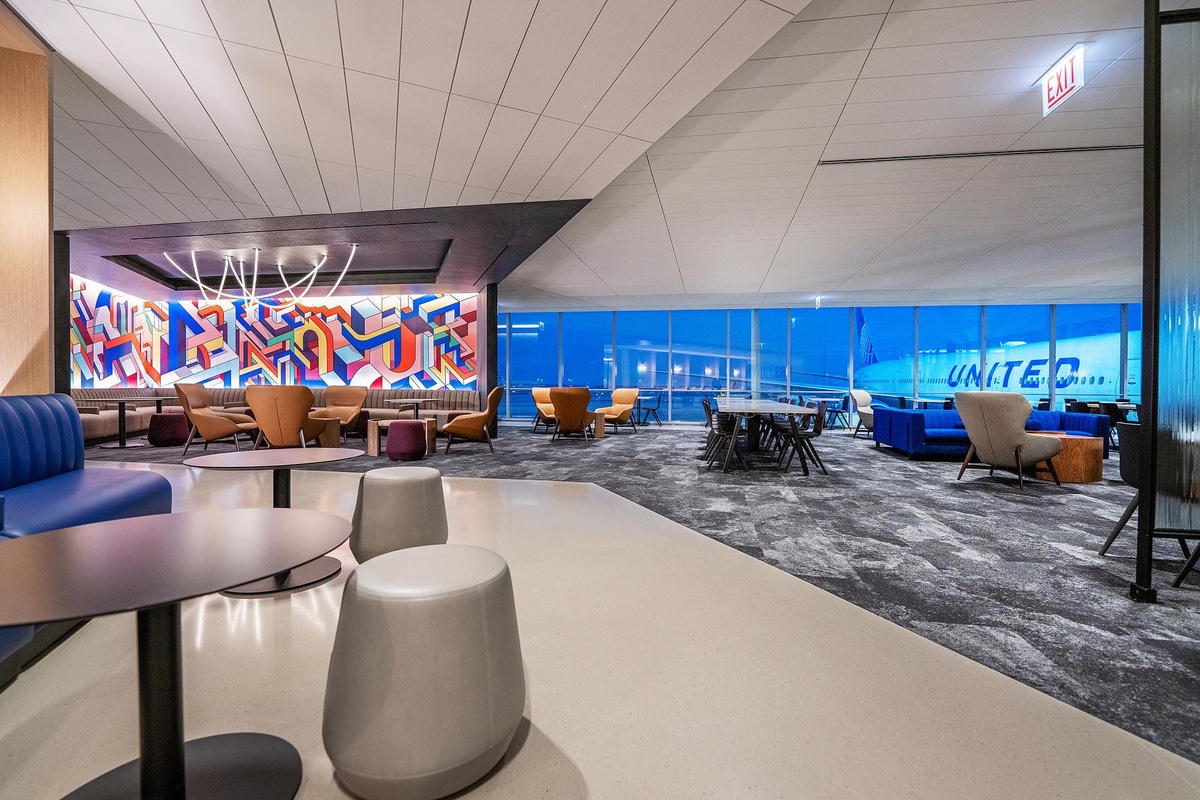Tariffs and Travel: What Trump’s Trade Moves Could Mean for Airlines

Skift Take

Trump’s Impact on Travel
Read how the first 100 days of U.S. President Donald Trump’s actions and policies are shaping the future of travel, and get insights into the industry's evolving response.President Trump has started his term threatening tariffs on several key trading partners. A 25% duty on imports of aluminum and steel is due to come into effect March 12 and there’s a potential trade war looming with Canada, the top source of inbound travel to the U.S.
The thinking is that tariffs will make imports more expensive and increase purchases of American-made products.
There could also be an impact on aircraft costs, airline operations, and, ultimately, airfares, says Gad Allon, professor at the University of Pennsylvania Wharton School and director of the Jerome Fisher Program in Management and Technology.
The issue is that supply chains for aircraft manufacturers are incredibly complex. “A commercial aircraft contains more than 2 million parts, many sourced from Europe and Asia,” said Allon. “Retaliatory tariffs — such as those imposed by the European Union — can increase costs for essential components like avionics, landing gear, and engines by 5% to 10%, translating to an additional $3 to $5 million per aircraft.”
However, any effects are likely to take many months, if not years, to develop. “It’s unlikely you’d see this happen quickly — supply chains take years to build and how long Trump’s tariffs could last is highly uncertain — but in the event of a full-blown trade war, it’s unlikely that air travel would remain immune,” said Scott Keyes, founder of flight deals app Going (formerly Scott’s Cheap Flights).
Clues from Previous Disputes
To get an idea of how tariffs might play out, we can look back to when President Bush implemented tariffs of up to 30% on imported steel.
When they took effect in 2002, there was an “immediate increase” in aircraft maintenance costs. Landing gear, engine mounts, and fuselage components rely heavily on steel.
“Boeing and Airbus suppliers, particularly those producing landing gear and structural reinforcements, faced rising input costs, which translated into higher prices for replacement parts and maintenance services,” said Allon.
“While the tariffs were lifted after 21 months, the cost increases during this period pressured airlines operating under tight margins.”
In 2019, the U.S. imposed tariffs on $7.5 billion of European goods, including parts for airplanes. This meant that Airbus was forced to shift more production to the U.S., a supply chain adjustment that meant delays in deliveries of major airline orders. That, Allon said, led to temporary capacity shortages and increased lease costs.
In the 1990s, U.S.-Japan trade tensions over aerospace components “caused production bottlenecks in critical avionics and landing gear parts, increasing maintenance costs for U.S. carriers reliant on Japanese suppliers,” said Allon. Over time, this meant that the airline industry as a whole faced increased costs, which were passed on to travelers over one to three years via fare adjustments.
What it Means for Boeing
For planemakers, tariffs mean higher costs.
“In the short run, tariffs on raw materials such as aluminum and steel create immediate cost pressures on aircraft manufacturers, particularly Boeing, which relies on non-U.S.-based suppliers for significant portions of its production,” said Allon. “Given that aluminum accounts for 80% of an aircraft’s structural weight, even a 10% to 25% tariff on imported aluminum can increase the per-unit production cost of a narrow-body aircraft by $1.5-$2.5 million.”
However, Allon said, procurement contracts for materials are usually negotiated years in advance, meaning any short-term fluctuations in price will largely be absorbed by manufacturers.
But if the tariffs go on to disrupt supply chains, manufacturers might see the costs of spare parts and maintenance rise a bit sooner: “Airlines relying on just-in-time inventory for maintenance may see 3% to 5% increases in component costs, leading to temporary capacity constraints,” said Allon.

What About Ticket Prices?
The longer the tariffs last, the more disruption there will be to the supply chain for airline manufacturers as procurement contracts expire and need to be renegotiated — or find alternative sourcing.
Along the way, it’s entirely plausible to expect delays on essential parts and deliveries of new aircraft due to rising costs and supply constraints, according to Keyes and Allon, especially if the travel demand continues to increase.
This means that as airlines’ fleets grow to accommodate passenger demand, the secondary market for leased aircraft may tighten, said Allon — leading to leasing rates increasing by 8% to 12%.
Eventually, passengers may be left to foot the bill for the increased costs. “Since nearly 40% of global airline fleets operate on leased aircraft, this cost increase would put upward pressure on ticket prices,” said Allon. “Assuming that fuel prices remain stable, the aggregate cost increase across fleets could lead to a 2% to 4% rise in airfares, with long-haul international flights seeing more pronounced effects due to exposure to cross-border tariff escalation.”

Budget Airlines Under Pressure
Allon noted that when Bush’s tariffs were in place, the impact on airfares was minimal, since the cost of a ticket is historically driven more by fuel costs and competitive dynamics.
Since 2002, however, low-cost carriers (LCCs) have boomed, and their lean operational model means they’re more likely to be vulnerable to fluctuations in the supply chain. In 2006, LCCs carried around 15% of the global market share; by 2023, they made up 35% according to analytics firm OAG. It’s a subject Skift Research covered recently in its Evolution of Low-Cost Carriers report.
If everything gets more expensive in the airline manufacturing, maintenance, and operational worlds, the sensitive business model of LCCs could struggle. Airlines that can’t absorb the costs might go out of business or merge with other carriers, Allons says, which reduces competition and results in higher airfares over the long run.
“If aircraft acquisition costs increase by 10% or more over a decade, airlines will likely adjust ticket prices accordingly, resulting in fare increases of 5-8% over a 5-10 year period,” he says.
3 Other Ways Tariffs Could Affect Travel
Keyes says additional impacts of tariffs could play out via three key routes: cargo, business travel, and foreign exchange — all of which affect passengers’ wallets.
First up, cargo. “Airlines generate extra revenue by selling off empty cargo space to goods shippers,” said Keyes. “That cargo revenue is gravy on top of the normal revenue the airline earns from travelers. But if tariffs result in fewer goods getting shipped across the border, airlines may wind up increasing flight prices to replace the lost cargo revenue.”
Second, business travel might decrease to Canada and Mexico. “Business travelers — who care little about the flight price because it’s their company paying — effectively subsidize leisure travelers in the form of cheaper economy flights.”
Finally, there’s the impact the tariffs have on currency values. Although Keyes cautions that “the twists of trade wars are unpredictable,” he notes that the “most likely impact of major tariffs is a stronger U.S. dollar.” U.S. travelers heading abroad to Canada, Mexico, and other countries could reap the benefit of a stronger exchange rate in the form of cheaper hotels, tours, dining out, shopping, and other vacation spending.
Airlines Sector Stock Index Performance Year-to-Date
What am I looking at? The performance of airline sector stocks within the ST200. The index includes companies publicly traded across global markets including network carriers, low-cost carriers, and other related companies.
The Skift Travel 200 (ST200) combines the financial performance of nearly 200 travel companies worth more than a trillion dollars into a single number. See more airlines sector financial performance.




